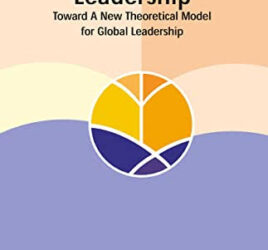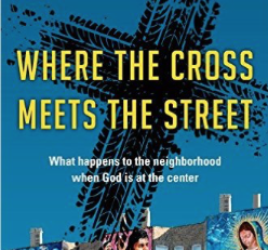In The Abundant Community, authors McKnight and Block paint an idealistic picture of what a neighborhood community could look like and how to start making a difference. The authors state that “a neighborhood can raise a child, provide security, sustain our health, secure our income, and care for our vulnerable people”. Life in a competent community leads to satisfaction, something starkly contrasted with the dissatisfied life within a consumer culture. Citizens have been turned into consumers, the authors tell us. This shift took place when economists spread “the gospel of consumption” in the early 1900s. Marketing strategies should leave us perpetually dissatisfied, wanting to buy more goods and services. Building community can reverse this course and create an abundant, satisfied life.
For the first three chapters, Part 1 of the book, McKnight and Block explain how Americans were transformed from citizens into consumers over the past century. “Consumer society begins at the moment when what was once the province or function of the family and community migrates to the marketplace,” state the authors. The machinery of production needed to create new demands and, in order to secure future purchasing, build in certain dissatisfaction that would perpetuate an ongoing demand for more. Consumer culture is pitched as the diabolical enemy of the abundant community, on which American culture was originally founded. Systems, management and institutions all undermine and destroy the values of community. Services once found in communities have all shifted to the marketplace for purchase and kept secret from our neighbors.
Building community is the answer to America’s troubled individualistic capitalist culture. Rather than going shopping when in crisis, people can turn to their neighbors and find that within their community there are enough resources to deal with life’s issues. Not to fix all of life’s problems per se, but also to accept the fallibility and mystery of being human. Competent communities have three properties: “Focus on the gifts of its members; Nurture associational life; Offer hospitality, the welcoming of strangers”. “Kindness, generosity, cooperation forgiveness, acceptance of fallibility, and mystery” are considered capacities of abundant communities.
At the end of the book, the authors tell one story of an actual process that took place in one neighborhood where neighbors turned towards each other to enrich their lives. It is an inspiring story that started with two women wanting to find mentors for their teenage sons, then for all the neighborhood children, and then matching just about every person with one another’s interests in the neighborhood. The story proves that McKnight and Block’s ideas are not just fairytales, but real-life experiences in towns and cities across the country.
As McKnight and Block continue to describe such utopian scenarios, I cannot help but to think they are talking about the ideal Church without the religious language. Gift discovery, organizing into small groups according to location and common interests, and a welcoming culture also happen to be the best strategies for creating a healthy church culture. The ideals of an abundant community are easily transferred to the church community, except that this would segregate the church from society. However, the church cannot be seen as one of the many associations within society. How then can a church balance the need to build its own communal life and at the same time build community at large? I intend to discuss this further and see how my church can implement such community building strategy.
By Jacob Bloemberg




